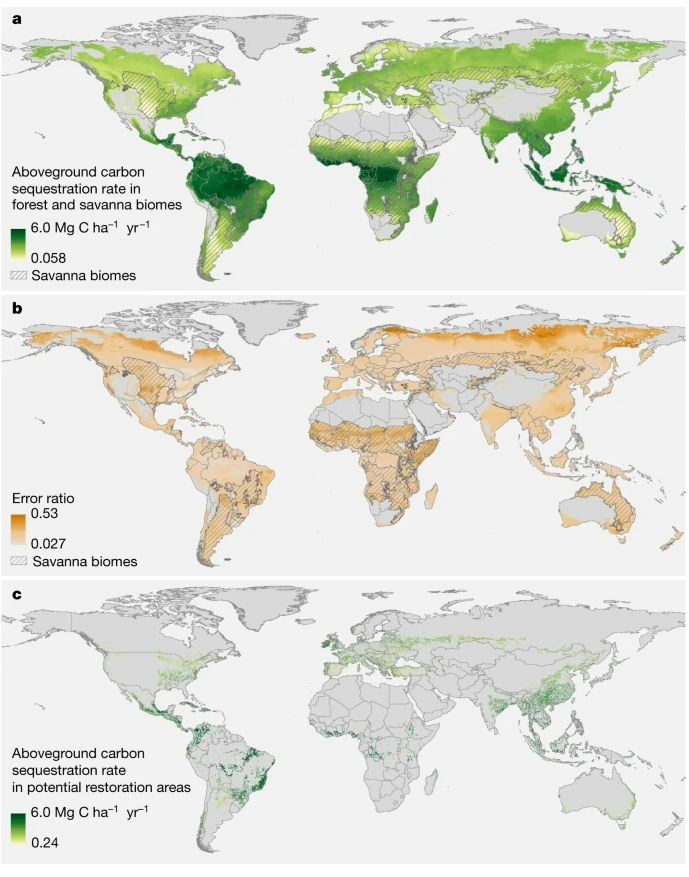
The results of yesterdays poll on EU climate ambition.
There was some ambiguity with the question, essentially to what degree the EU should adjust to the ambition of others.
There was a reason for the way I posed the question, around net-zero, linking to the ">2°C" option
1/
There was some ambiguity with the question, essentially to what degree the EU should adjust to the ambition of others.
There was a reason for the way I posed the question, around net-zero, linking to the ">2°C" option
1/

Scenarios with 50% chance of staying below 2°C rarely reach net-zero GHG by the end of the century (from IPCC SR15). The EU is aiming for net-zero GHG in 2050. The EU, in this case, would be more than 50 years ahead of the global average.
2/
2/

This is the temperature response from those scenarios, still below 2°C (median in 2100 is 1.8°C).
So, to pick the option that the EU is consistent with over 2°C (>2°C in the poll) is rather extreme, & I would say inconsistent with the science (sorry).
3/
So, to pick the option that the EU is consistent with over 2°C (>2°C in the poll) is rather extreme, & I would say inconsistent with the science (sorry).
3/

I think it is quite easy to justify either "<2°C" or "~1.5°C". It would depend on how you consider equity, & the degree to which you take the IPCC is the consensus (versus conservative).
If you take IPCC SR15 at face value, net-zero GHG by 2050 is before the global average!
4/
If you take IPCC SR15 at face value, net-zero GHG by 2050 is before the global average!
4/
It would be harder to justify "<1.5°C", it would assume limited equity. But, since the EU is ahead of the global average according to IPCC SR15, you could make a case (though, it would be hard).
5/
5/
You could get into arguments about whether the EU 2030 target is sufficiently strong. For 2030, the EU is probably on the global average, but I would think the net-zero is more important.
See discussion yesterday, but on unrelated thread
6/
See discussion yesterday, but on unrelated thread
https://twitter.com/Peters_Glen/status/1313210830452936704
6/
There are many issues that came up in discussions. The main one being equity, the other along the lines of how EU should change ambition given other countries actions, & feedbacks (ie, IPCC is too conservative).
Plenty to unpack... Thanks for the comments!
7/7
Plenty to unpack... Thanks for the comments!
7/7
• • •
Missing some Tweet in this thread? You can try to
force a refresh















